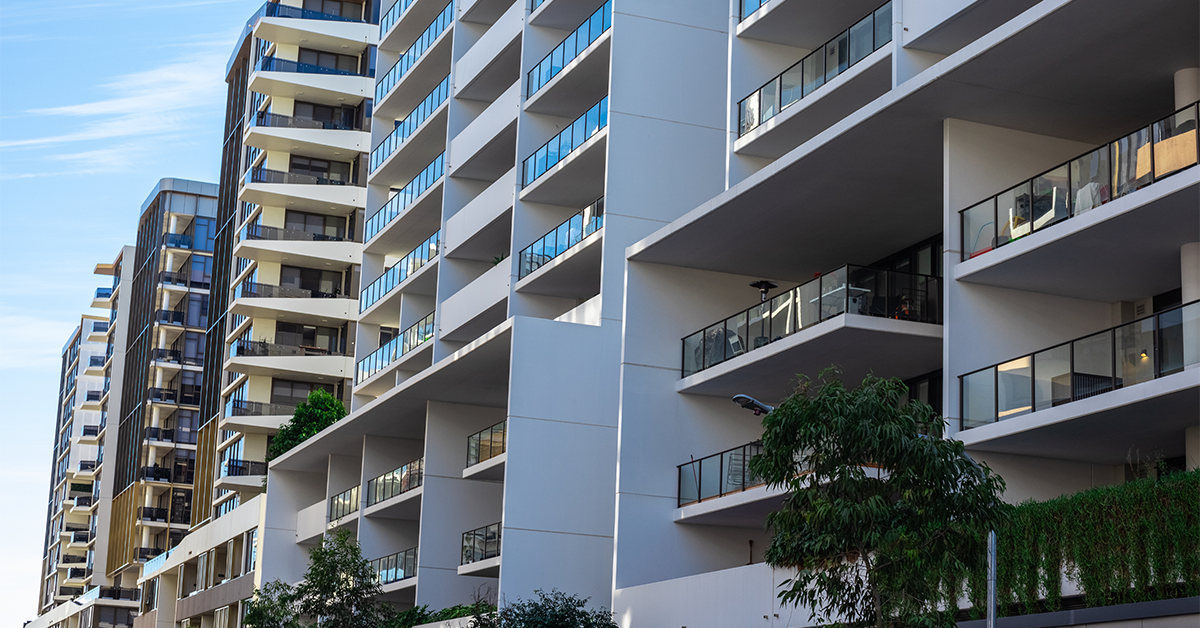- No products in the cart.

“Total approvals for new dwellings rose by 11.8% during November 2019 thanks to a particularly strong gain in the high-density side of the home building market,” Master Builders Chief Economist Shane Garrett said.
“The new set of ABS figures published earlier today indicate that the number of new approvals for apartments/units was up by some 20.8% during the month alone. New detached house approvals also gained ground with a 6.2% expansion during the month,” he said.
“Towards the end of 2019, there were clear signs of improving conditions in the housing market. Prices have started to recover in several key markets, while employment growth across the economy is still fairly healthy,” Shane Garrett said.
“The past year has also seen three interest rate reductions from the RBA, something which has made it more attractive for people to participate in the housing market,” he said.
“Last week saw the commencement of the federal government’s First Home Loan Deposit Scheme, a program which is opening the market up to thousands of First Home Buyers – in addition to providing more fuel for the market recovery,” Shane Garrett said.
“Commercial building activity reached a new record high during 2019 but today’s data suggest that this part of the industry is moving into reverse,” Shane Garrett said.
“Ultimately, the health of the building industry depends most on the strength of our economy. Driving the growth rate higher over the coming year would be the best support for our industry’s 383,000 businesses and 1.17 million employees,” Shane Garrett said.
During November 2019, New South Wales saw a remarkable 52.8% gain in new dwelling approvals compared with the previous month. There was also growth in South Australia (+3.8%), Queensland (+1.0%) and the ACT (+0.3%).
Several markets did experience a reduction in new home building approvals during November. The largest reduction was in Tasmania (-11.5%), followed by Western Australia (-6.5%), the Northern Territory (-2.6%) and Victoria (-1.8%).

